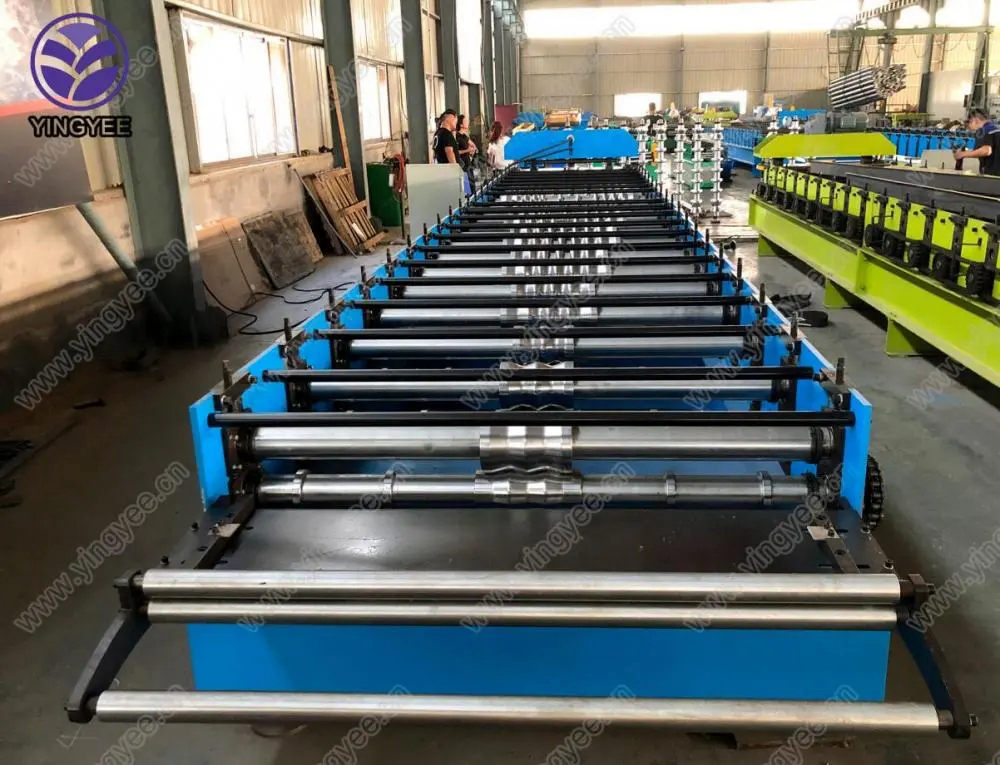
The Cable Tray Punching Machine Revolutionizing Cable Management
In today's fast-paced industrial environments, effective cable management is paramount. The organization and routing of electrical cables not only ensures safety but also enhances the efficiency of operations. One pivotal development in this area is the advent of the cable tray punching machine, a piece of equipment that has transformed how cables are installed and managed.
What is a Cable Tray Punching Machine?
A cable tray punching machine is a specialized tool designed to create holes or cutouts in cable trays, which are metallic or non-metallic pathways used to support insulated electrical cables. These machines streamline the process of preparing cable trays for installation, allowing for precise and efficient modifications that meet specific network needs. Given the diversity in cable sizes and cable types, punching machines are essential for creating customized solutions to accommodate various configurations.
Features and Functionality
Modern cable tray punching machines are equipped with advanced features that enable them to perform multiple tasks. The machines typically include adjustable settings for hole sizes and spacing, allowing for flexibility in design specifications. Automated systems also enhance accuracy and speed, reducing labor costs and time spent on installations. Many models come with user-friendly interfaces, making them accessible even to operators with limited technical experience.
The machines can handle different tray materials, including aluminum, steel, and plastic, which provides versatility for manufacturers and installers who deal with various projects. Additionally, some advanced models offer additional capabilities such as bending, cutting, and notching, making them multifunctional in nature.
The Importance of Customization

One of the most significant advantages of a cable tray punching machine is its ability to customize punch patterns to meet project requirements. Each installation has its unique challenges, whether it is a new construction site or an upgrade to an existing facility. With the option to create tailored punched holes, businesses can ensure optimal spacing for cable attachment and routing, minimizing the risk of tangling and damage.
Enhancing Efficiency and Safety
The efficiency brought about by using a cable tray punching machine cannot be overstated. By automating the punching process, the machine significantly reduces the time and labor required for manual hole creation. Faster production times mean that projects can meet deadlines without sacrificing quality. Moreover, the ability to produce consistent, uniform holes minimizes the risk of human error, enhancing the overall safety of cable installations.
In an era where workplace safety is paramount, using a punching machine also mitigates the risks associated with manual handling and cutting tools. This factor is particularly critical in industrial settings where large quantities of cable trays are handled.
Future Trends in Cable Tray Punching Technology
As technology continues to evolve, so too does the cable tray punching machine. Future advancements may include greater automation through robotics, improving precision and further reducing human intervention. Integration with digital design software can facilitate real-time adjustments, enhancing customization. Additionally, environmentally friendly materials that offer durability and sustainability are becoming more prevalent, shaping the future of cable tray systems.
Conclusion
The cable tray punching machine stands as a critical innovation in the realm of cable management. By providing efficient, customizable, and safe solutions for preparing cable trays, these machines streamline installations and enhance operational effectiveness. As industries continue to expand and evolve, embracing such technologies will become increasingly essential to meet the demands of modern electrical infrastructures. Whether in construction, telecommunications, or manufacturing, the cable tray punching machine is set to play a pivotal role in shaping the future of cable management solutions.